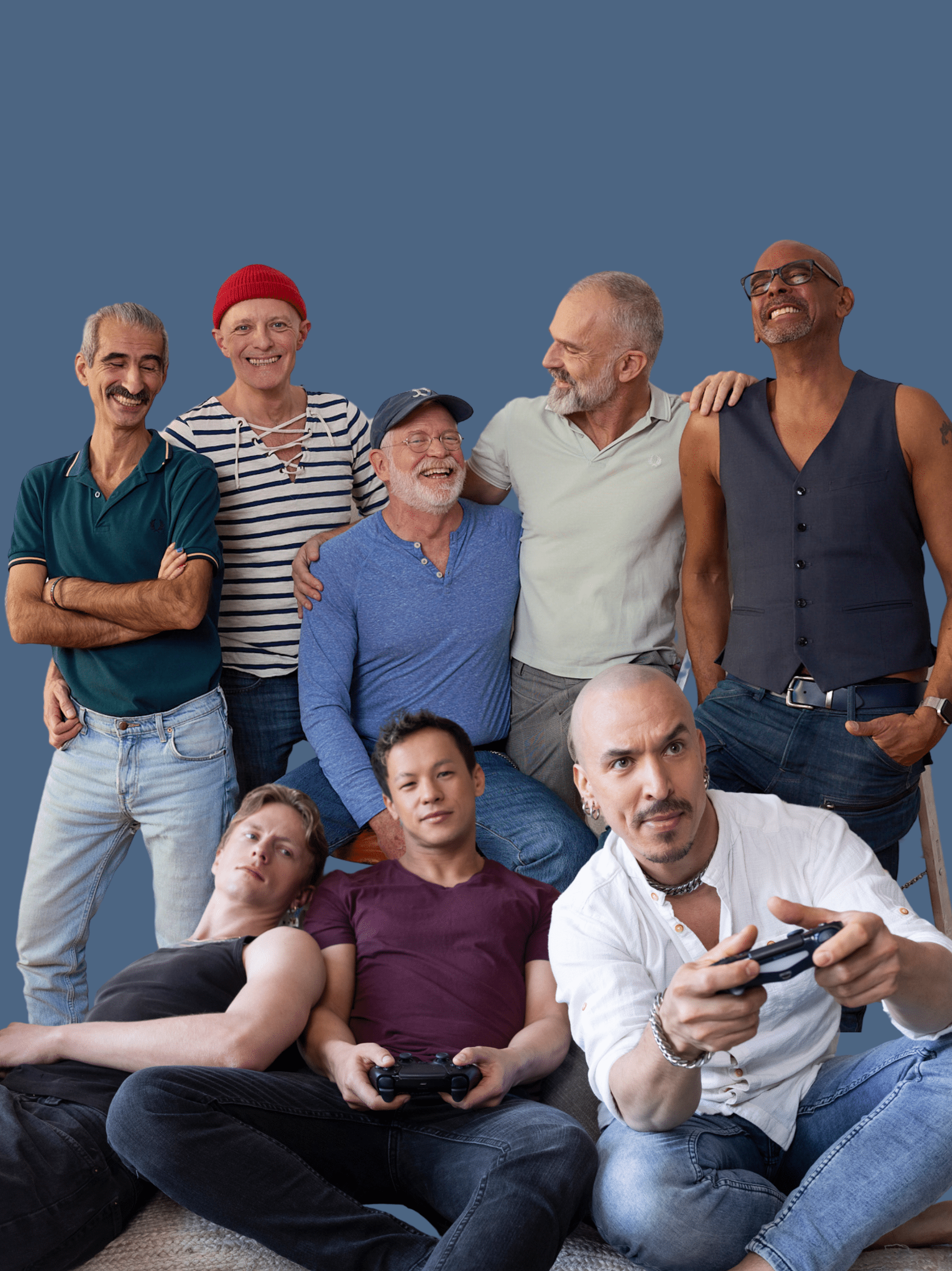The history of the term "intersectionality" begins in the 1980s. At the end of this decade, the African-American legal scholar Kimberlé Crenshaw looked at legal rulings following discrimination claims in court. She noticed that the legal system had a number of gaps. The case of DeGraffenreid v. General Motors. At the end of the 1970s, the car manufacturer General Motors had almost all Black workers were dismissed. General Motors was then sued. The accusation: the company was acting in a racist and sexist manner.
The court did not recognise the discrimination
However, the court ruled that this could not be a case of racism: After all, there were still people working at the company Black Men. According to the court, this could not be sexism either. After all, many women still worked in the company: white Women. The court considered racism and sexism to be separate phenomena.
Kimberlé Crenshaw criticised the fact that racism and sexism cannot be viewed separately. Rather, the two forms of discrimination are intertwined here. She called this entanglement "intersectionality". The term comes from the English word "intersections", which means "intersections". And this shows how intersectionality is often misunderstood: It is precisely not is a mere addition of sexism and racism. Rather, this intersection creates a completely new form of discrimination. This means that this Black women have had experiences that neither Black Men, still white Women experience.
Intersectionality is not an addition of discrimination
Of course, the same applies to the diversity of gay, bisexual and other men who have sex with men. A Black gay man has experiences that white gay men don't have. He also has experiences that Black heterosexual men do not have. In the same way, a gay trans* man has experiences that neither heterosexual trans* men nor gay cis men have. And similarly, a gay man who uses a wheelchair experiences discrimination that neither non-disabled gay men nor disabled heterosexual men do.
This is what is meant by the concept of intersectionality. It calls for a sharper focus on mechanisms of discrimination and more attention to detail. Otherwise, we run the risk of not recognising discrimination as such. As was the case in court at General Motors. Kimberlé Crenshaw himself commented on this:
"Intersectionality is a lens through which you can see where power arises and collides, where it intertwines and intersects. It's not simply a question of there being a race problem here, a gender problem here and a class or LBGTQ problem there. This framework often ignores what happens to the people who are affected by all of these things."
Kimberlé Crenshaw










